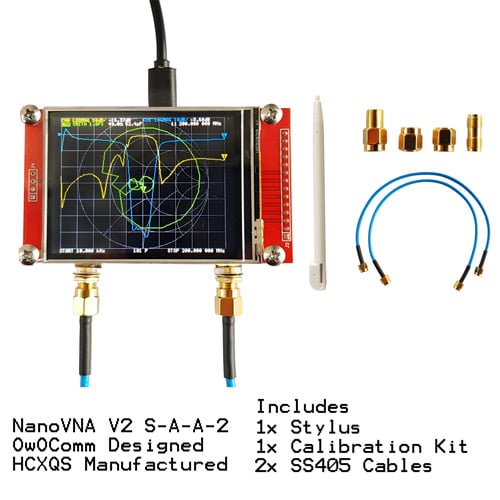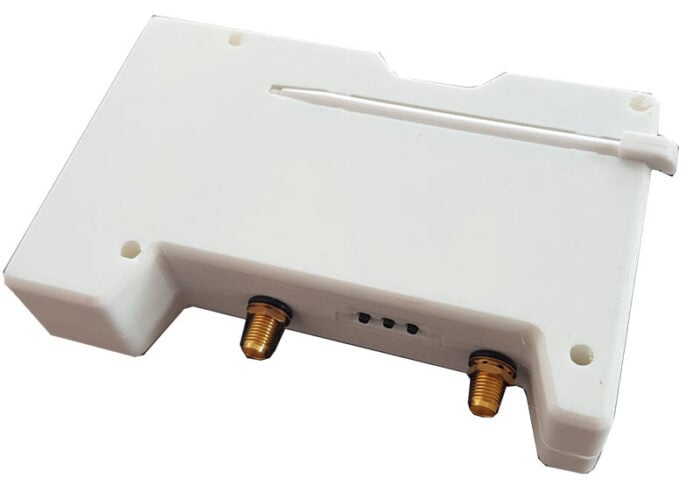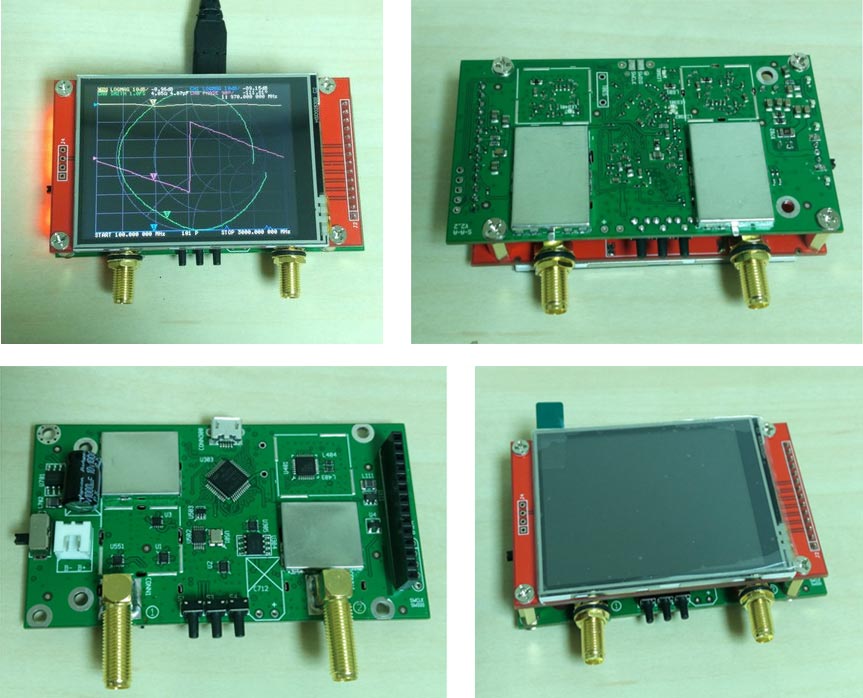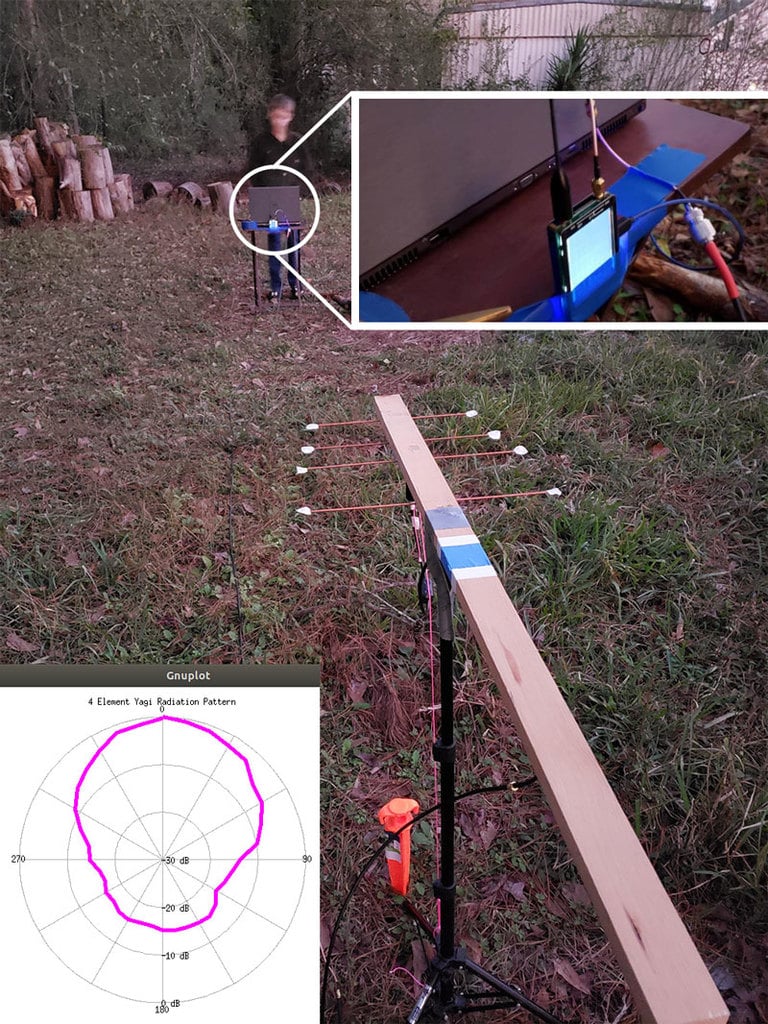NanoVNA V2 Enclosure now Available on Amazon
Just a brief post to note that our third party NanoVNA V2 enclosure is now available for purchase on Amazon USA. The price is US$19.95. The enclosure is also still available on our own webstore with free worldwide shipping from China to most countries. We also note that that NanoVNA V2 is currently out of stock, but we expect the manufacturer to supply us near the end of February.
Includes 1x Plastic NanoVNA V2 Enclosure, 1x Carry Case 1x Battery Terminals (Optional to install), 1x Matte Anti-Glare Screen Protector, 4x Enclosure Screws
This is a plastic enclosure and protective case for the NanoVNA V2 and V2+. Protect your NanoVNA V2 with a rugged plastic enclosure and carry case. The case case can be used to store the calibration kit as well. A standard 18650 battery (flat top non-protected) can be installed via the battery terminals if desired. Requires assembly - please consult the installation instructions PDF.
Please note does NOT include NanoVNA V2, NanoVNA calibration kit or battery. These are displayed in the photos for demonstration purposes only.
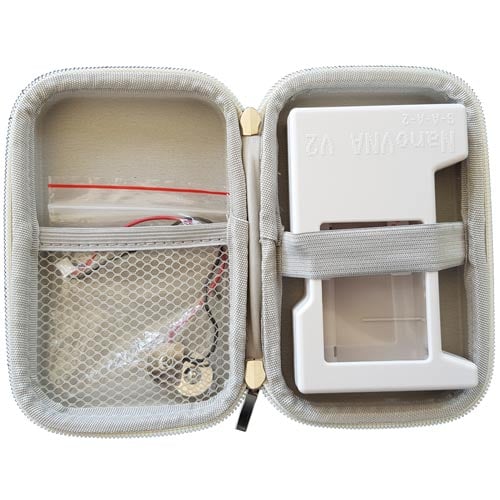 |
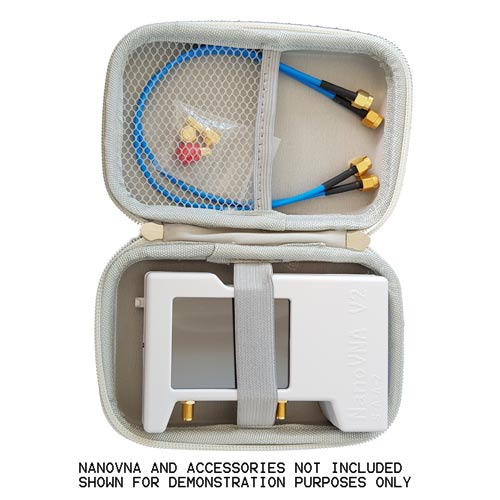 |
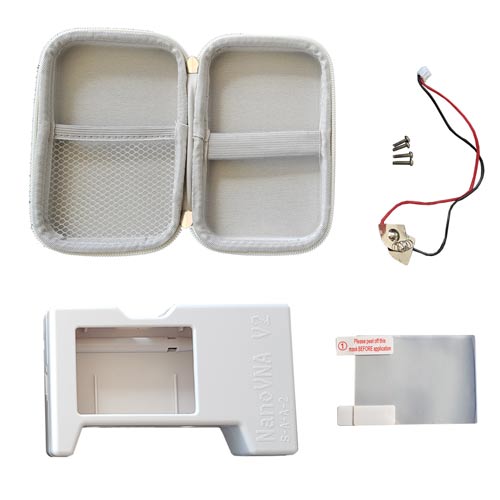 |
 |
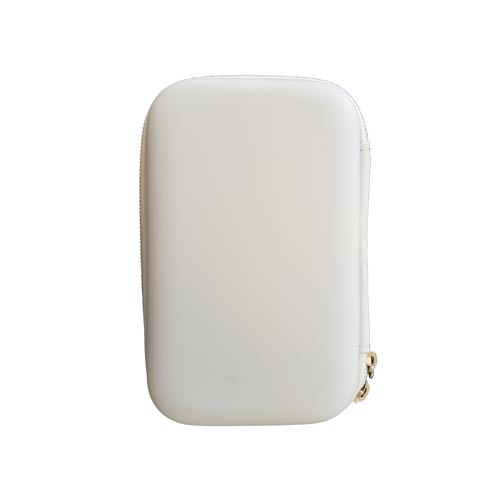 |
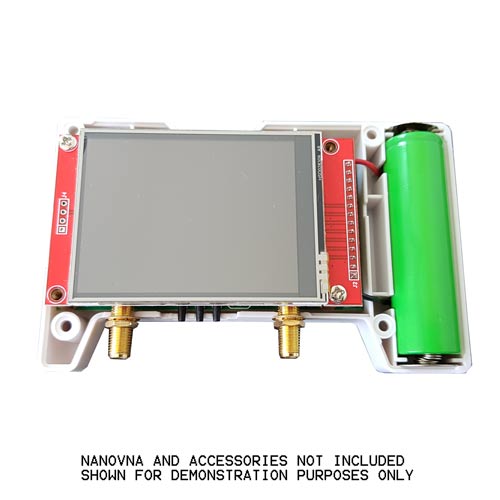 |
